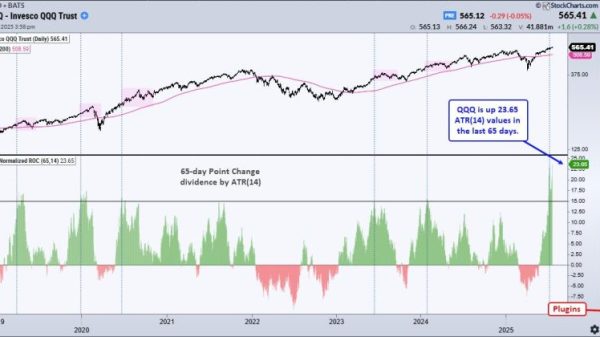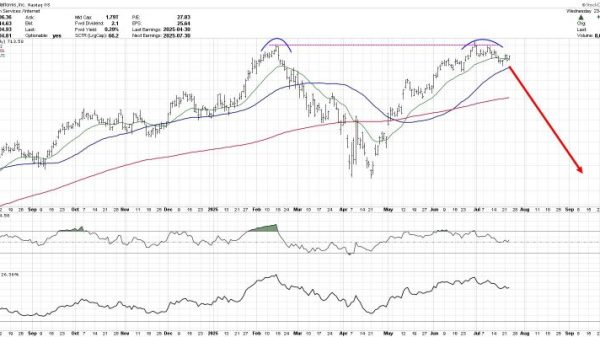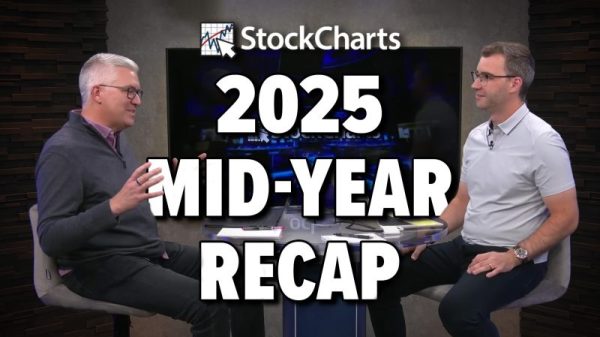Lawmakers in both parties Thursday pressed a top Social Security Administration official to defend what they described as widespread failures in the disability benefits system, from chronic claims backlogs to growing customer service phone delays.
Instead of recovering from pandemic closures and slowdowns, Social Security’s drawn-out claims system has treaded water for close to two years, experts told the congressional panel. More than 1 million Americans are still waiting for initial decisions on benefits that now take an average of 220 days, agency data shows — almost double the processing time in 2019 and far above the 60 days Social Security itself defines as its minimum level of performance.
“The consequences are devastating,” said Drew Ferguson (R-Ga.), chairman of the Social Security panel of the House Committee on Ways and Means, which held Thursday’s 2 1/2-hour hearing.
The hearing followed reports in The Washington Post on a disability benefits system that has been troubled for years and saw service severely deteriorate during the pandemic. The Post documented Social Security’s struggle to provide basic customer service across its operations, particularly in state offices where it long ago outsourced reviews of claims to a decentralized, convoluted structure created by Congress.
Committee members united across political divides to grill Linda Kerr-Davis, Social Security’s acting assistant deputy commissioner of operations, on a range of problems, including the agency’s reliance on an obsolete list of jobs last updated in 1977 to block claimants from benefits. Lawmakers also cited long waits for service at the agency’s toll-free number, where callers are left on hold for an average of 36 minutes this year, up from 32 minutes last year.
Kerr-Davis acknowledged, “We realize we’re not delivering the service everyone wants.”
Social Security is using a range of strategies to improve service, she said. Dozens of employees at headquarters and regional offices have deployed to help state offices process claims. Governors have been asked to help recruit and retain employees. A funding boost is crucial, Kerr-Davis said.
But lawmakers described deeper, systemic problems, with Democrats largely blaming limited budgets and Republicans targeting a bureaucratic, slow-to-act culture. There was little hope for easy solutions.
“What’s clear here is that Social Security has a severe customer service problem,” said Rep. Brian Higgins (D-N.Y.). “It’s not only inefficient, it’s awful, it’s inhumane. We have to explain to people who call our office … and with a straight face tell them, by the way, you’re going to be denied, that’s a complete waste of time that begins another lengthy process” of appeals.
Lawmakers described streams of calls from constituents who waited a year or more for their benefits claims to be denied and then were told to enter an arduous system of appeals that can also take years. A Florida lawmaker said it took an average of 623 days for his state office to process an initial claim and first level of appeals.
Ferguson played a tape recording of a constituent with stiff person syndrome, a rare neurological disorder, who waited 15 months for her claim under a compassionate allowance program to be decided, only to be denied, then approved on appeal.
Lawmakers asked how the system could deny 62 percent of initial claims but approve more than half of those that are appealed and then heard by an administrative law judge. The difference, advocates said, is the often cursory look given claims by low-paid state disability examiners compared with face-to-face interactions claimants have with appeals judges, who are required to spend more time with evidence.
“The system is broken,” an exasperated Rep. Randy Feenstra (R-Iowa) told Kerr-Davis. “What are you going to do about it?”
Kerr-Davis described a “convergence of factors” that led to many of the ongoing problems, a point she said “we didn’t get to overnight.”
Republicans and Democrats on the panel were at odds over why the system is failing and what to do about it. Republicans blamed management failures and inflexible policies, while Democrats cited decades of budget cuts and staff losses as Social Security has processed more retirement claims from aging baby boomers. Several Democrats blamed Republicans for including cuts to the Social Security budget in their plan to shrink federal spending, although the experts noted that the number of disabled and elderly people applying for disability benefits plunged during the coronavirus pandemic and has not fully rebounded.
Mostly, though, the congressional anger toward the agency was bipartisan.
“This is simply not going to be solved by putting more resources and money at it,” said Rep. Bill Pascrell Jr. (D-N.J.). “If we don’t have the right policies, we’re defeating ourselves.”
Pascrell said he was particularly galled by a policy affecting veterans that allows Social Security to refuse to be bound by a 2017 court ruling giving substantial weight to Veterans Affairs disability ratings.
President Biden has asked Congress for a $1.4 billion boost to Social Security’s budget for fiscal 2024 that would raise it to $15.5 billion. Congress gave the agency an extra $785 million last year, but acting commissioner Kilolo Kijakazi told lawmakers then that the extra money would not speed up disability claims or phone assistance, both of which were expected to worsen.
Lawmakers on Thursday repeatedly cited The Post’s reporting on Social Security’s reliance on an antiquated list of occupations, which the Labor Department retired decades ago, but which the agency continues to use during the appeals process. Social Security has spent about $300 million over two decades to modernize the list, but it still is not in use.
“The agency has been aware of this problem for 20 years,” said Mark Warshawsky, deputy commissioner for retirement and disability policy during the Trump administration, who testified Thursday. Warshawsky said it’s unclear why the agency isn’t using the more modern list of jobs. “The data is in. It’s been validated, it’s been published. It’s a mystery to me why it hasn’t been used.”
Asked why Social Security officials not yet begun using the updated list, Kerr-Davis said it had not yet met standards. “Any changes to our policies have to be well supported by the evidence and designed to achieve decisional accuracy,” she said.
David Camp, interim chief executive of the National Organization of Social Security Claimants’ Representatives, described the antiquated policy as another blow against claimants from a system stacked against them.
“To wait hundreds of days for a decision only to be told that you’re denied because you should go do a job that even the claimant knows obviously does not exist is discouraging,” Camp said. “Claimants just leave the process. They drop out.”
Ferguson said it was inconceivable to him that the disability program was wanting for money when it has a $2 billion budget for information technology projects alone.
“When you’ve got a $2 billion budget and we’re several years past the pandemic and you have a declining caseload and a massive failure to implement new technology, we just need answers on how this massive budget is being spent and why it isn’t being spent efficiently,” he said.





























